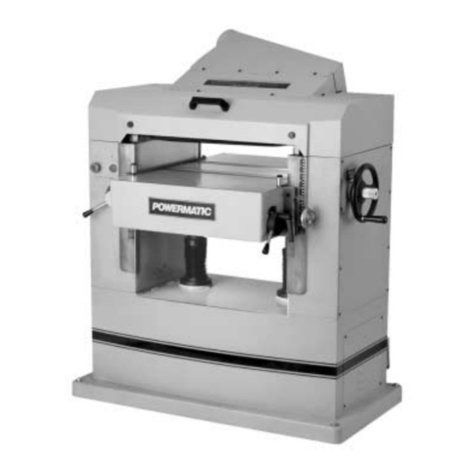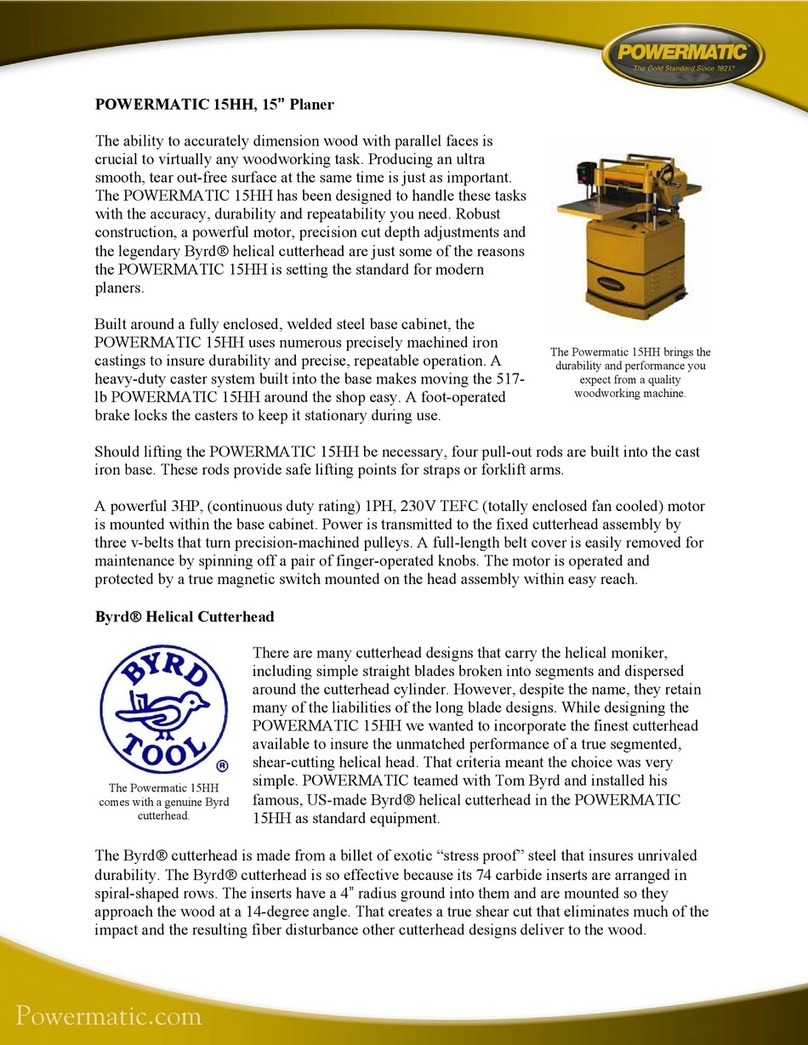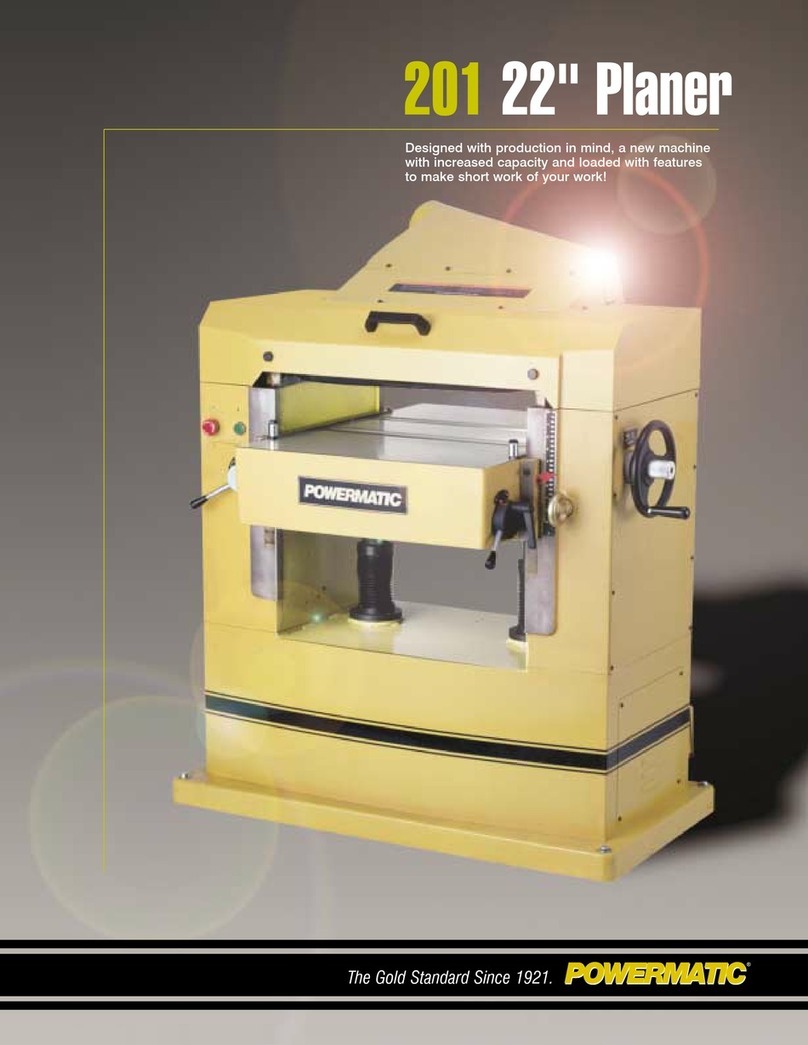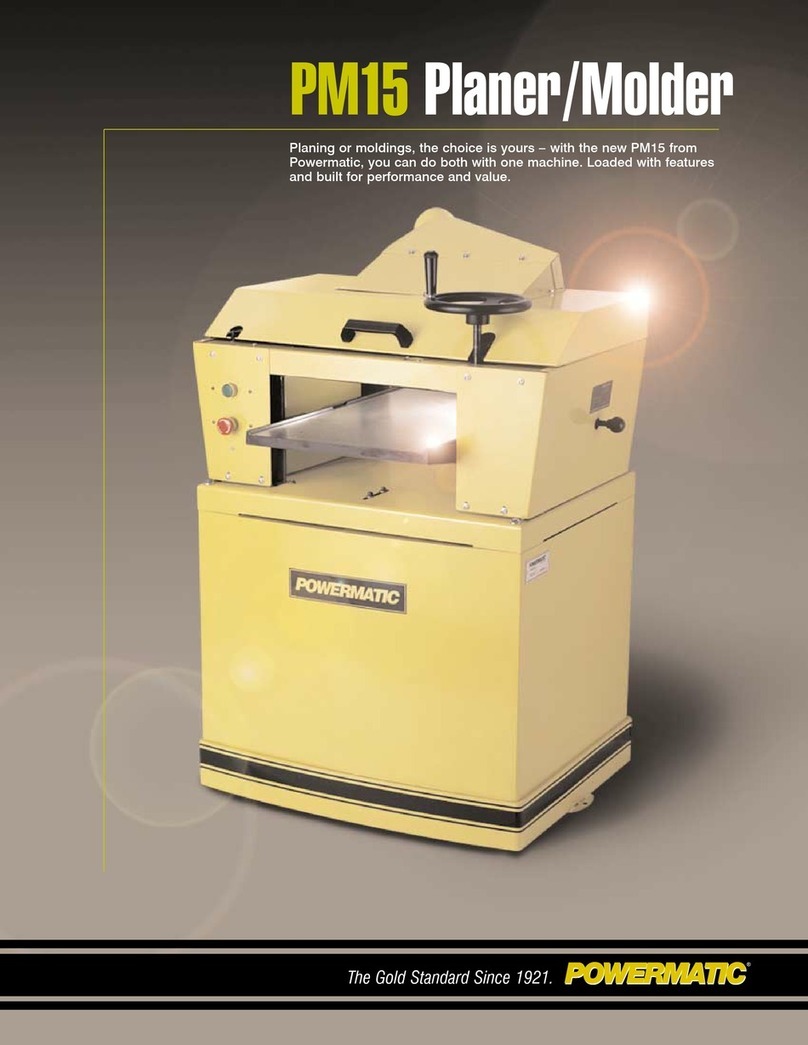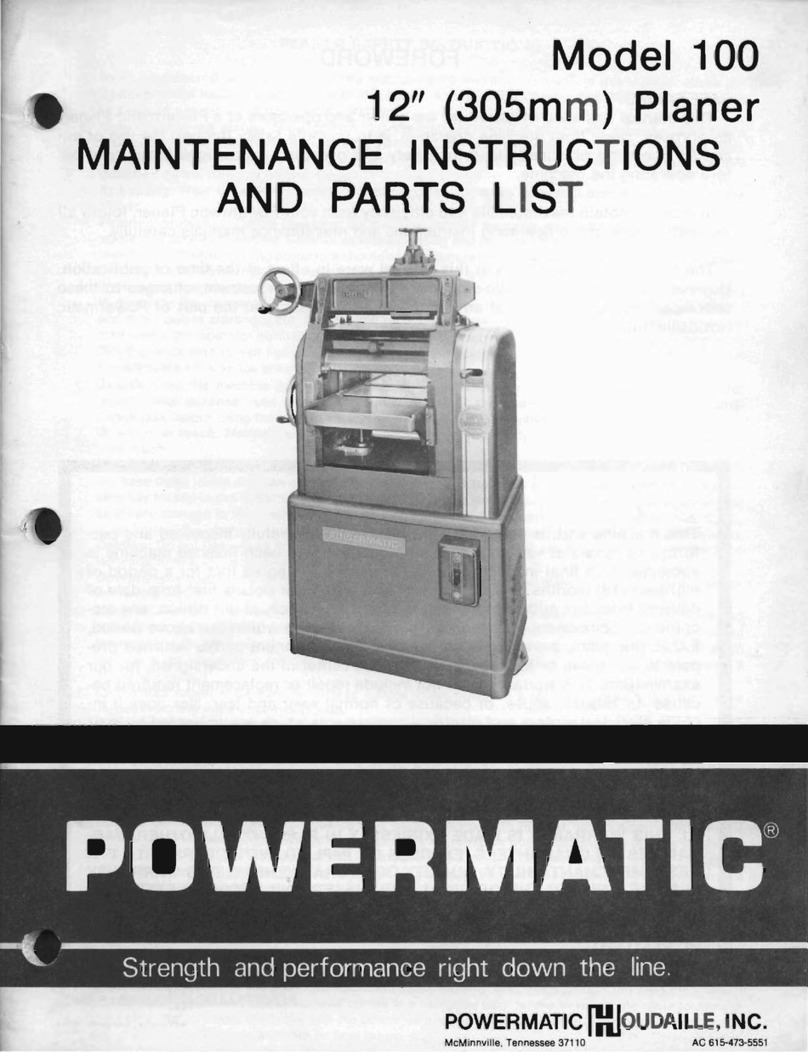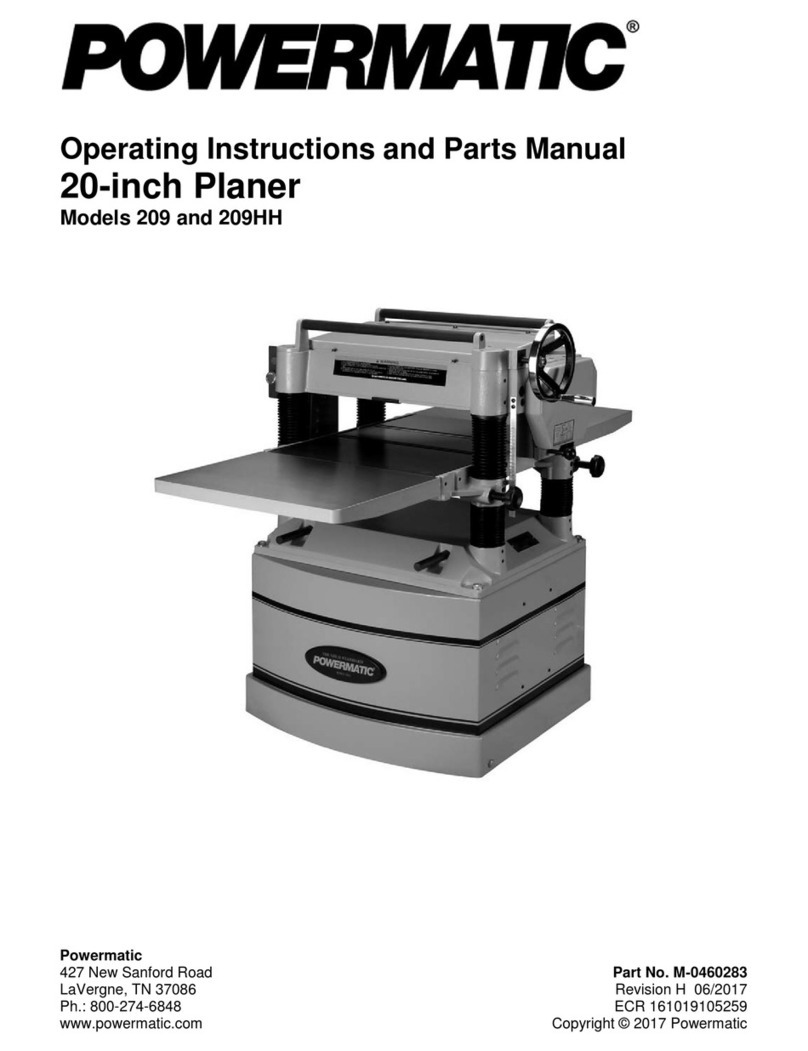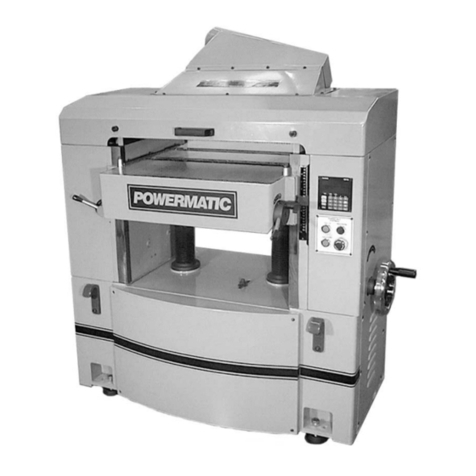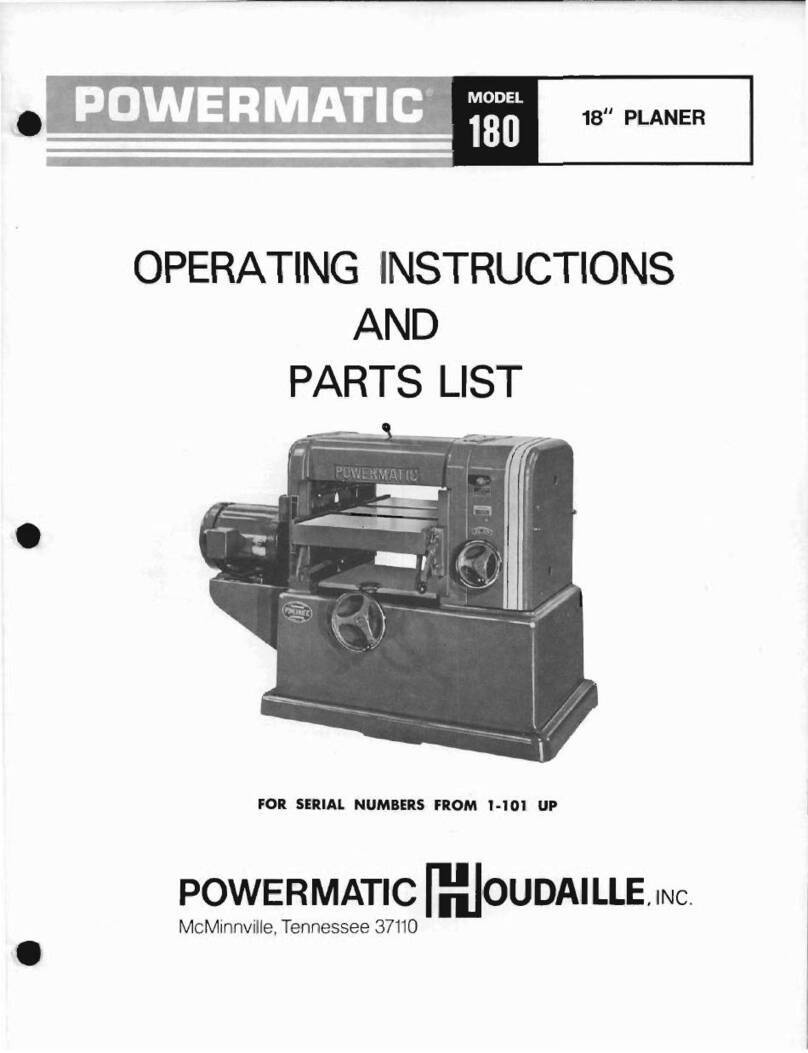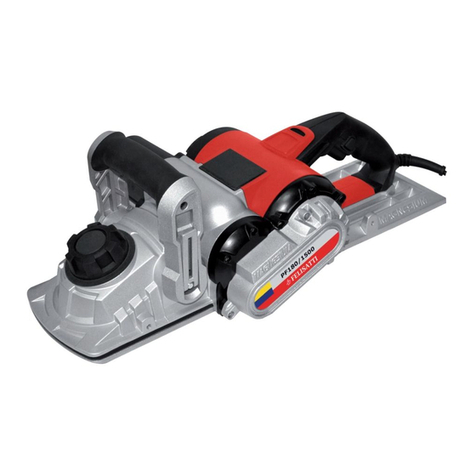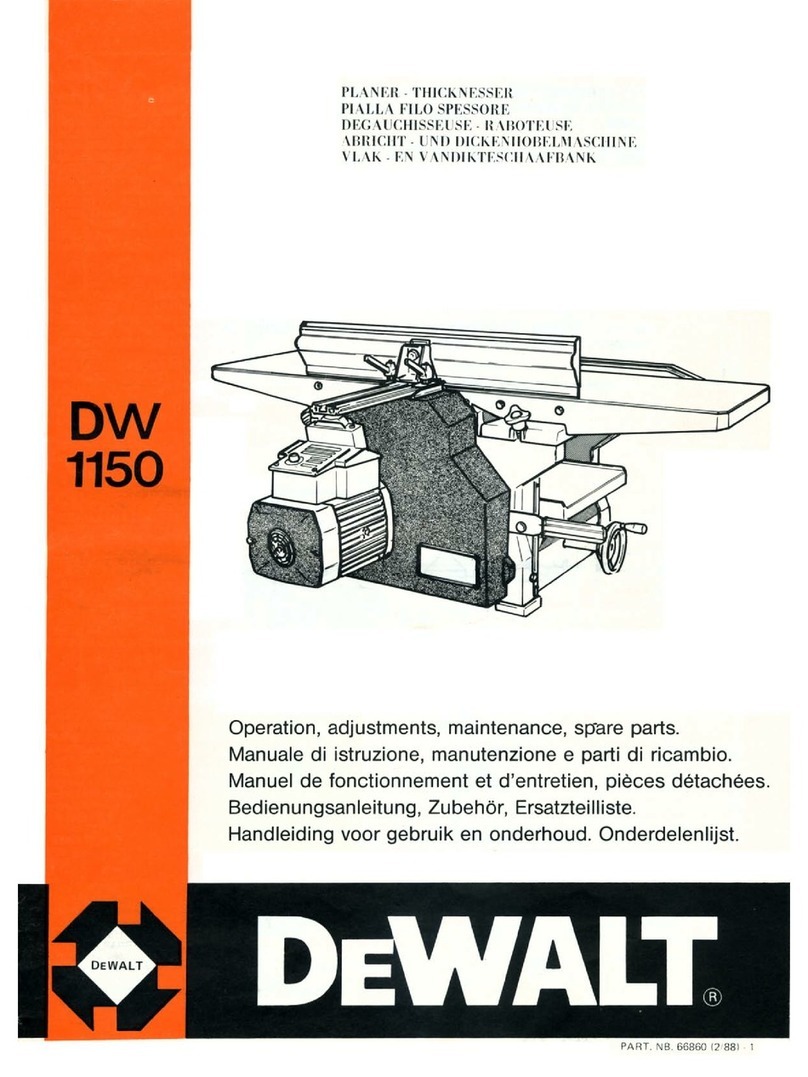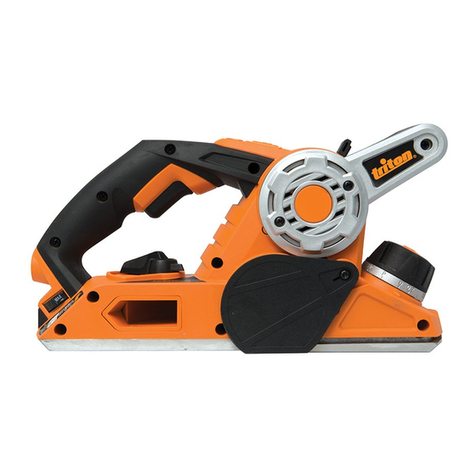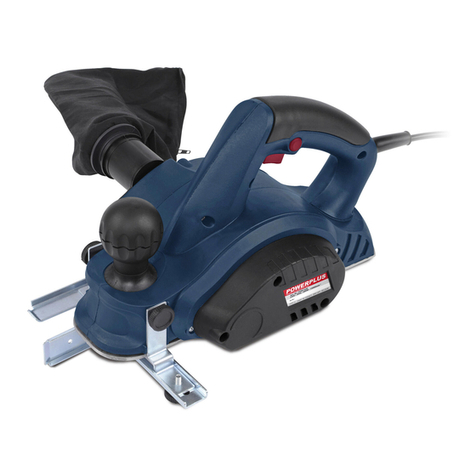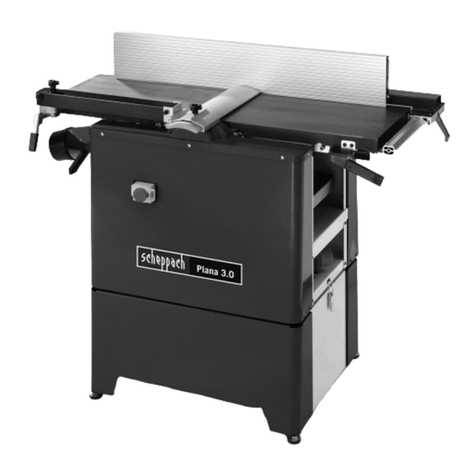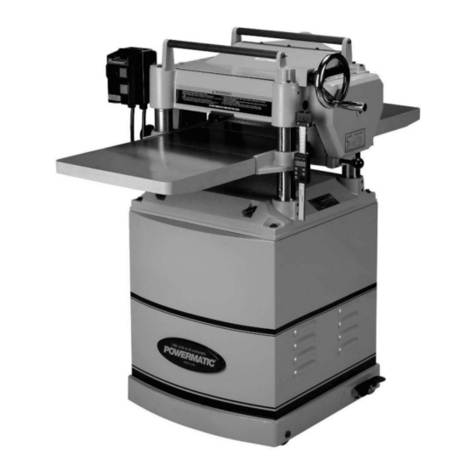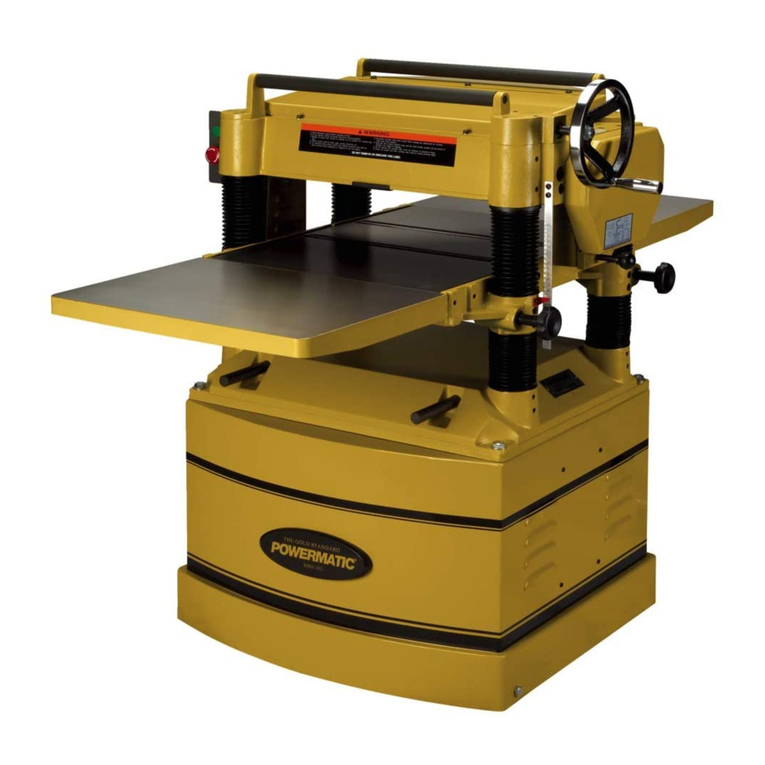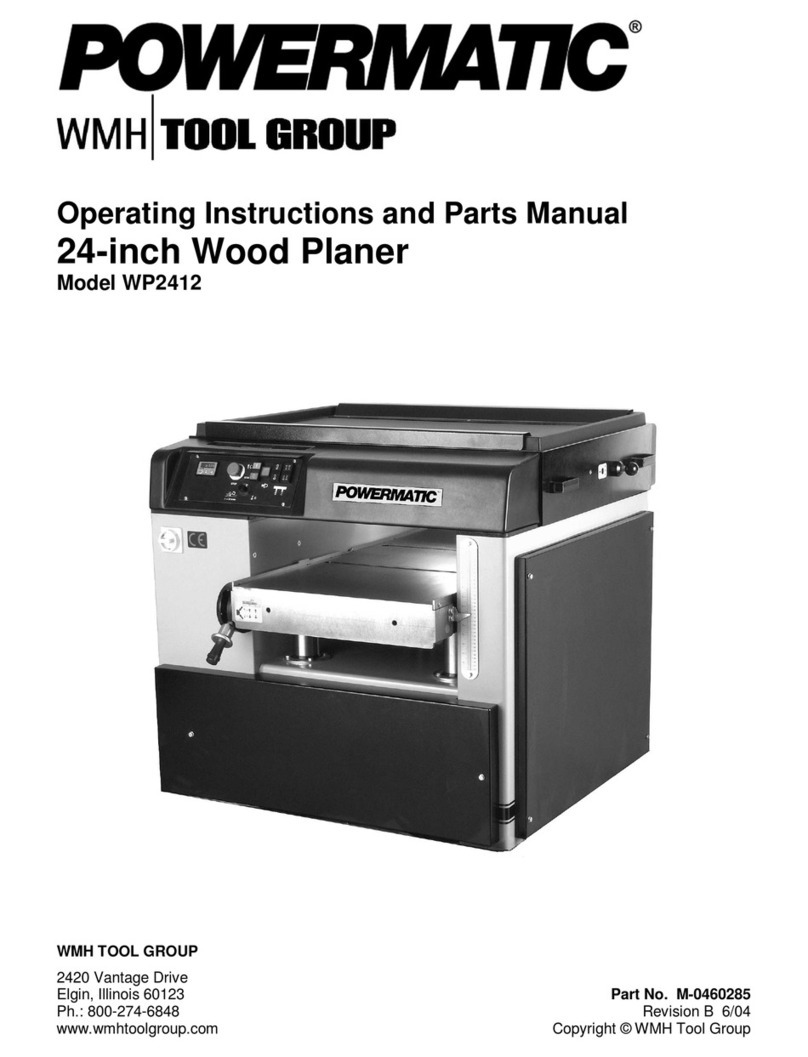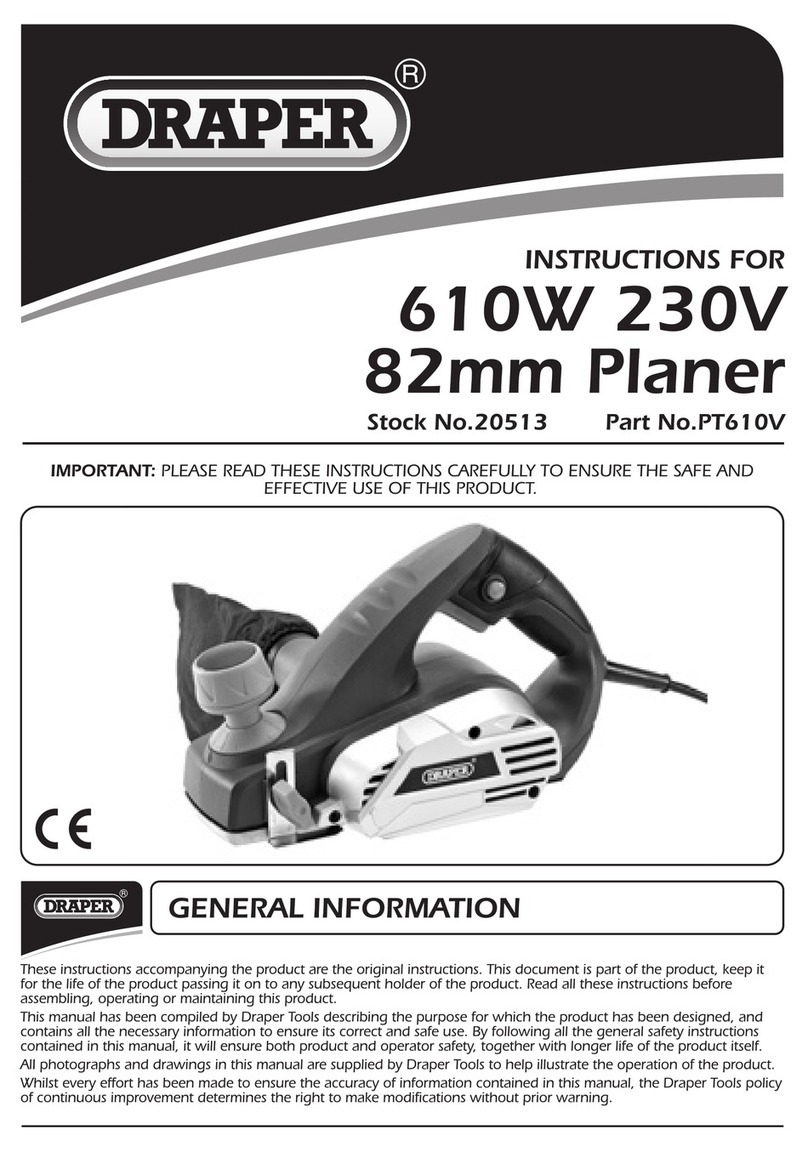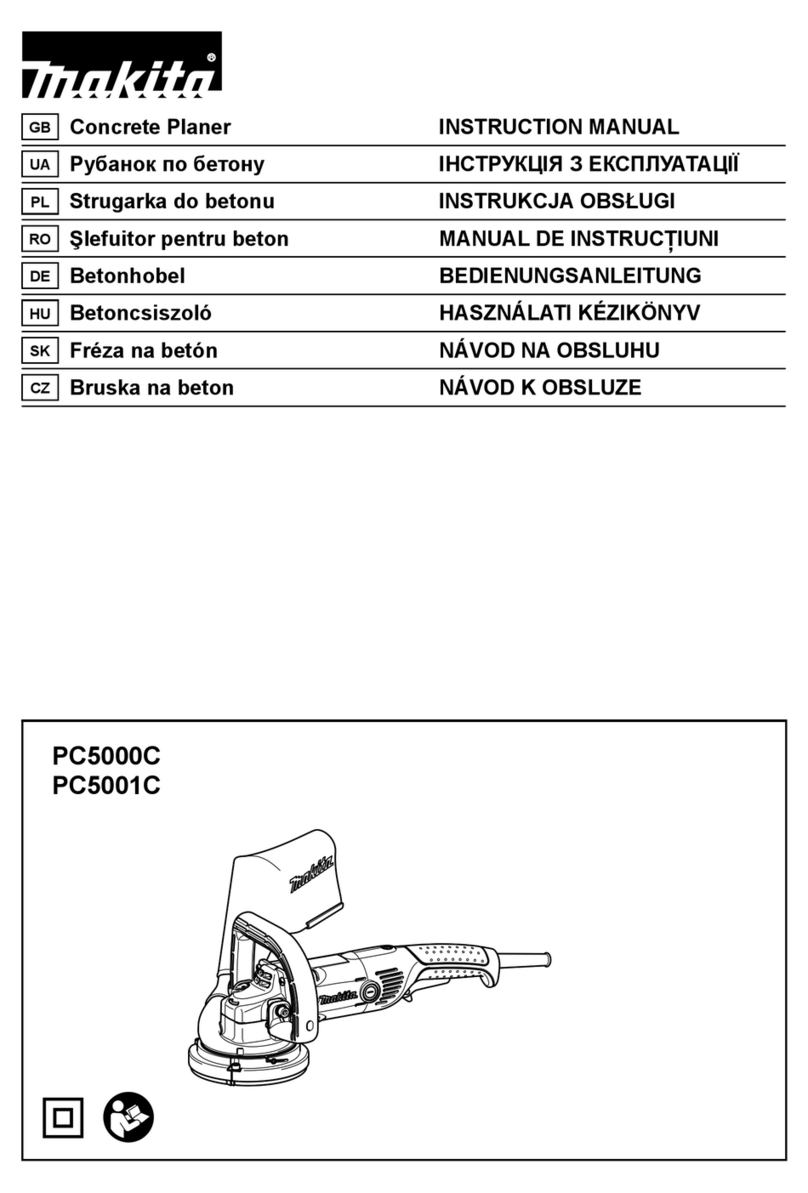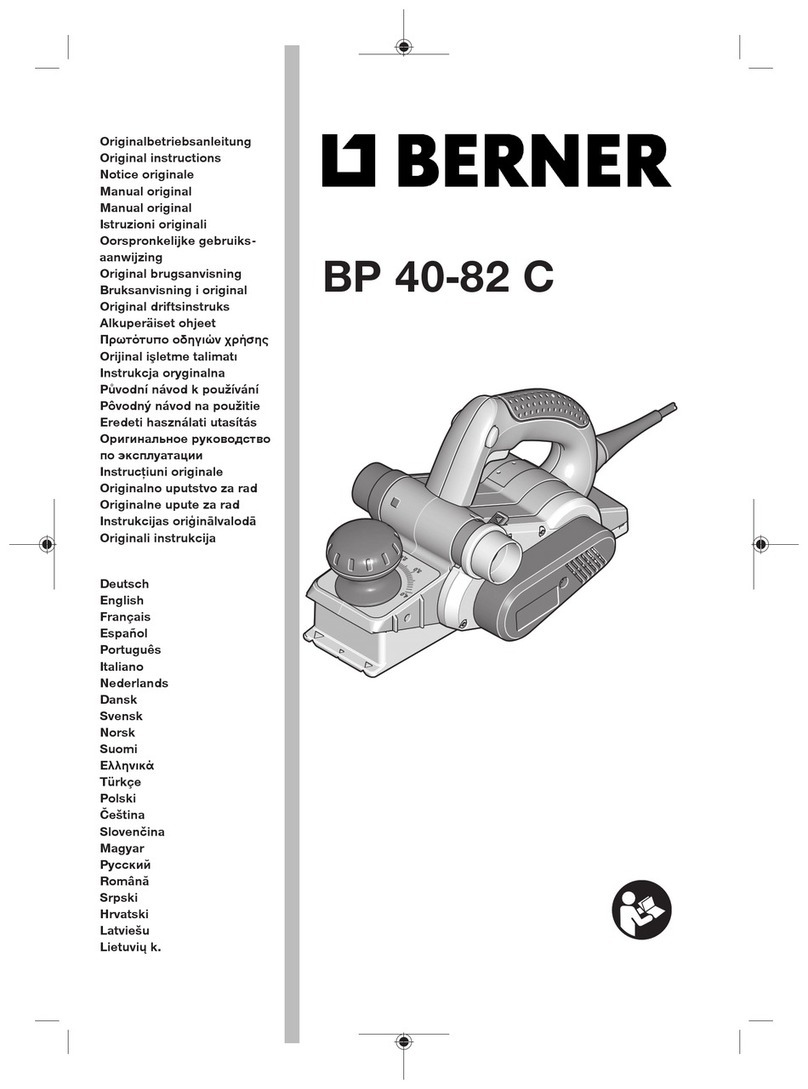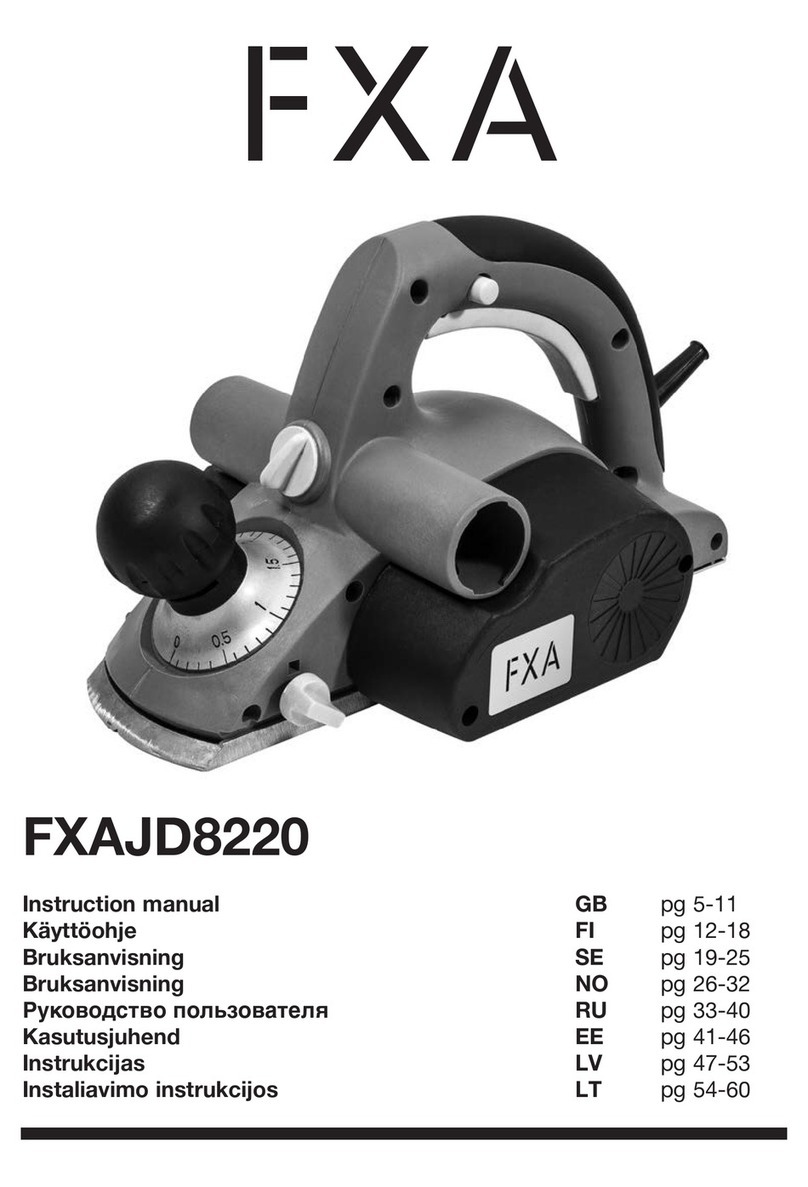
3
TABLE OF CONTENTS
Safety Rules.......................................................................................................................................... 4-5
Safety Decals........................................................................................................................................... 6
Features................................................................................................................................................... 7
Specifications........................................................................................................................................... 8
Receiving................................................................................................................................................. 9
Installation & Assembly............................................................................................................................10
Handwheel ........................................................................................................................................10
Starter Box........................................................................................................................................11
Extension Tables...............................................................................................................................11
Dust Hood.........................................................................................................................................11
Electrical Connections.......................................................................................................................12
Extension Cords................................................................................................................................12
Adjustments.............................................................................................................................................13
Belt Tension......................................................................................................................................13
Pulley Alignment ...............................................................................................................................13
Table Rollers.....................................................................................................................................14
Cutterhead ........................................................................................................................................15
Replacing Knives ..............................................................................................................................15
Work Table Parallel to Cutterhead.....................................................................................................16
Know the Transmitting Rollers of Your Planer....................................................................................17
Anti-Kickback Fingers........................................................................................................................17
Infeed & Outfeed Roller Spring Tension ............................................................................................18
Height of Infeed Roller, Chipbreaker, & Outfeed Roller......................................................................18
Outfeed Roller Height........................................................................................................................19
Infeed Roller Height...........................................................................................................................19
Chipbreaker Height............................................................................................................................19
Chip Deflector...................................................................................................................................20
Feed Speed Control ..........................................................................................................................20
Changing Accessories for Lowest Feed Speed..................................................................................20
Stock Return Rollers..........................................................................................................................21
Depth of Cut......................................................................................................................................21
Maintenance............................................................................................................................................22
Lubrication ........................................................................................................................................22
Gearbox Lubricant.............................................................................................................................23
Functions of the Digital Scale..................................................................................................................24
Calibrating & Using Digital Scale.............................................................................................................25
Optional Accessories...............................................................................................................................27
Trouble-Shooting: Digital Scale ...............................................................................................................27
Trouble-Shooting: Performance Problems...............................................................................................28
Trouble-Shooting:Mechanical & Electrical Problems...........................................................................29-30
Replacement Parts & Service..................................................................................................................31
Parts Lists & Exploded Views:
Base Assembly.............................................................................................................................32-33
Table Assembly............................................................................................................................34-35
Gearbox Assembly.......................................................................................................................36-37
Cabinet Assembly ........................................................................................................................38-39
Head Assembly............................................................................................................................40-42
Electrical Schematic................................................................................................................................43
Maintenance Checklist.............................................................................................................................44
